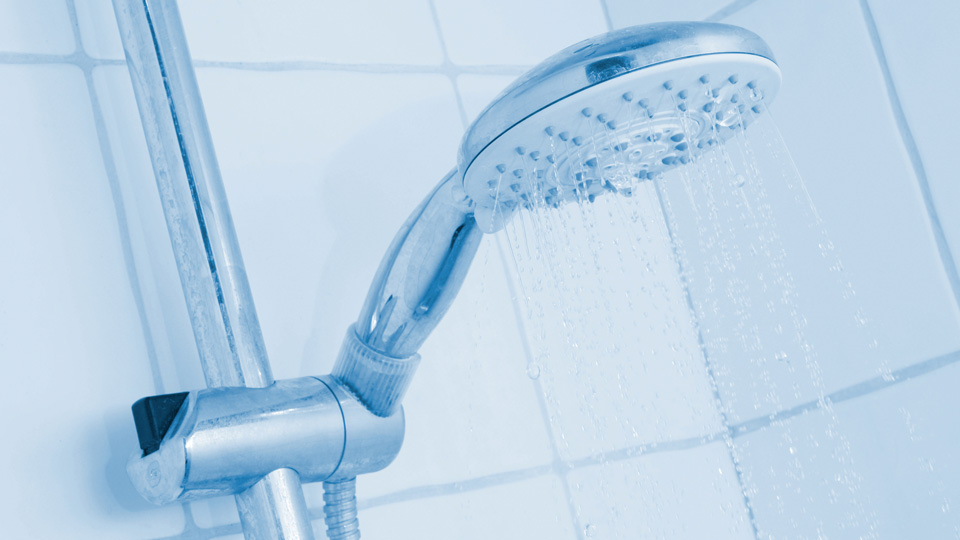You’re enjoying a relaxing shower when all of a sudden, there is a shot of ice-cold or scalding hot water that hits your body. Your moment is ruined.
Another common event is when the shower water temperature changes when you flush or use water somewhere else in the house.
So what is the cause?
This happens all too often because the amount of hot or cold water that is mixing to create the temperature of the flowing water has been altered and changes the overall temperature. However, there is a reason, as well as a fix.
Pipes are too small
Typically, the root of this issue is caused when the home’s plumbing is first installed. In essence, the diameter of the pipes is too small.
A typical plumbing configuration in a home is a trunk and branch system. Like a tree, this is where a larger diameter pipe runs from the water supply, and smaller diameter pipes branch off to supply individual fixtures in bathrooms, kitchens, and other rooms. When one branch demands water, whether it’s flushing the toilet or turning water on in a sink, it takes some of the available water that supplies all the other branches. If the diameter of those pipes were small when they were installed, they are still small today.
You can increase the trunk pipe diameter and/or the branch pipe diameter. Increasing the size of pipes in your home requires a fundamental overhaul of your plumbing system, and is typically not economical for existing homes and more suited to a house first being built.
Pressure-balancing valves
Another possible answer is that your pressure-balancing valve may be at fault. A thermostatic mixing valve (TMV) is a valve that blends hot water with cold water to ensure constant, safe shower and bath outlet temperatures, preventing scalding.
Pressure valves open and close pipes in accordance with water flow. If cold or hot water levels drop, in the event of a toilet flush or a dishwasher cycling on, a faulty pressure valve could make up for the drop in pressure by sending scalding or freezing water through your shower. Replacing your pressure-balance valve isn’t an easy job and will require the help of a professional.
Water efficient toilets
Arguably, the cheapest route is to reduce the amount of water going to the toilet by installing more water efficient toilets. These newer units would reduce the demand for additional water if someone were to flush while another person is in the shower. Because of their lesser demand for water, this helps to keep keeps the temperature in the shower more stable.
Not enough hot water
Unexpectedly running out of hot water is a common sign of an underpowered water heater. Water heaters come in a variety of sizes, each designed to heat a specific amount of water. Multiple showers, high-volume showerheads or custom sprayer designs can deplete smaller water heaters sooner than expected.
As a rule, most showers use between two gallons per minute. Looking at the volume of your water heater should give you a rough estimate of the amount of time you’ll have before running out of hot water. If your water heater isn’t large enough to heat all of your showers, it’s best to call a pro to perform a replacement.
Staying balanced
Having a well-balanced, fully functioning shower is achievable with some understanding of what is occurring and getting professional advice on correcting it. Contact your local plumbing experts in Hamilton, Ontario to help you get the right balance of water in the shower so you can have the relaxing moment you deserve.

